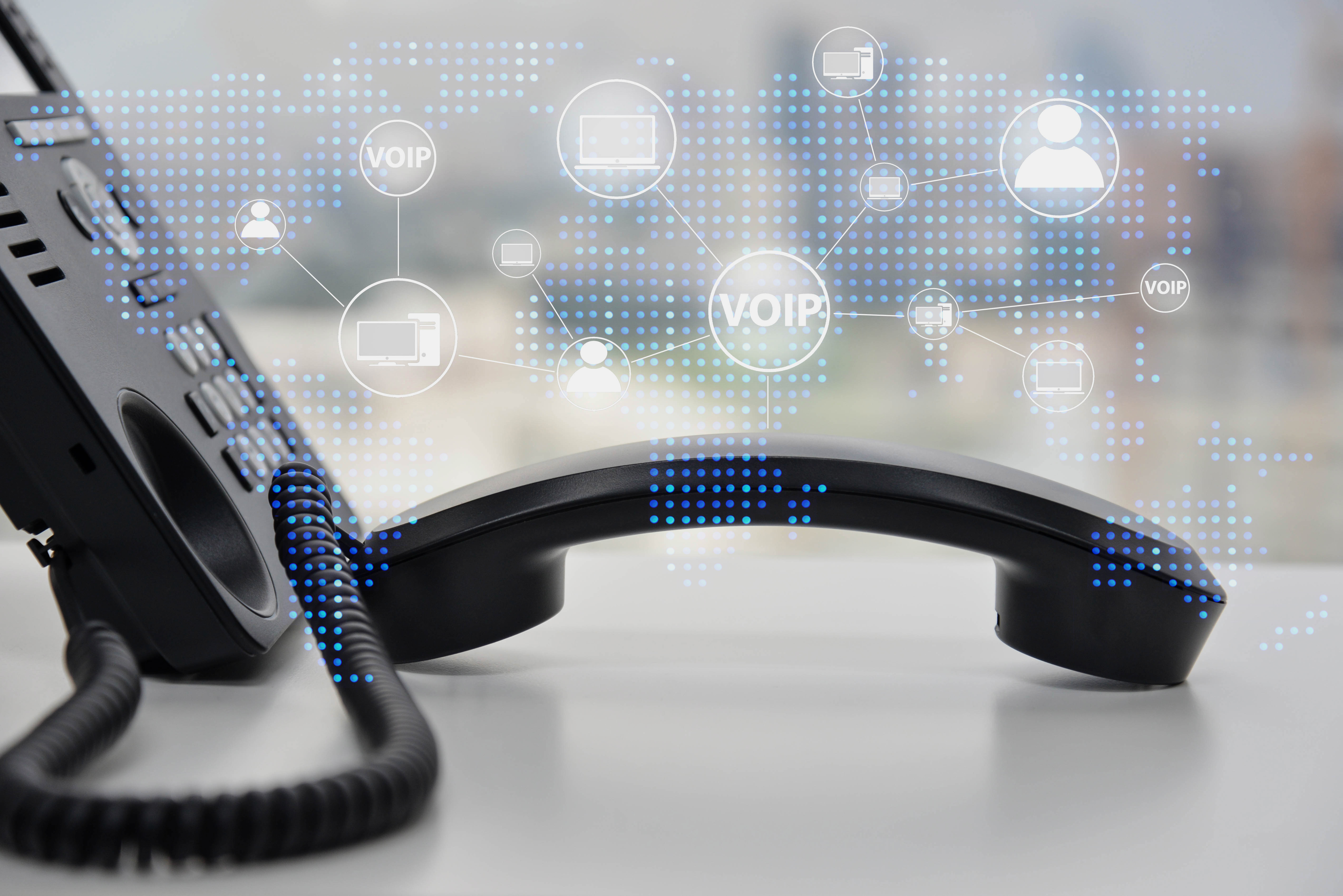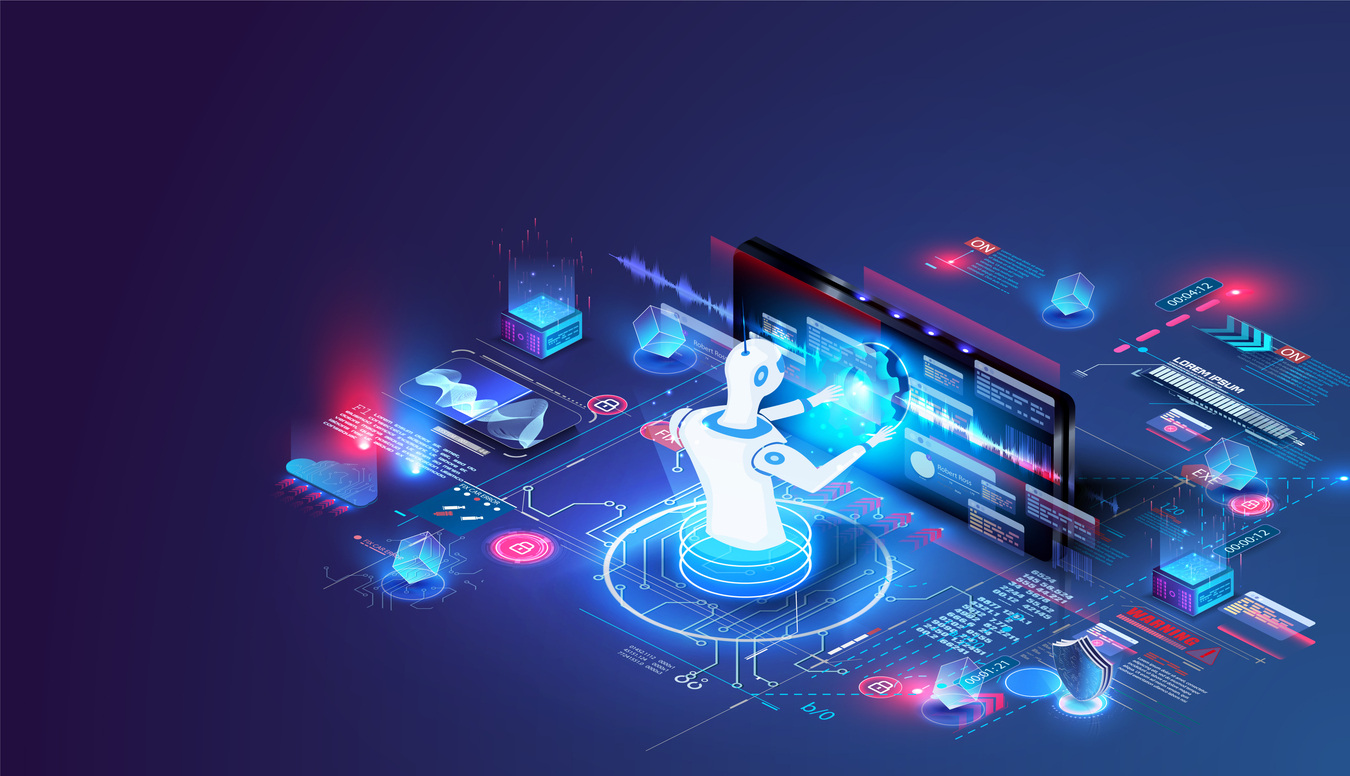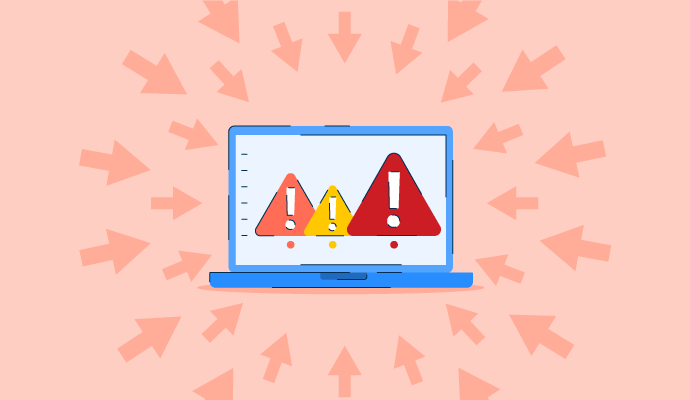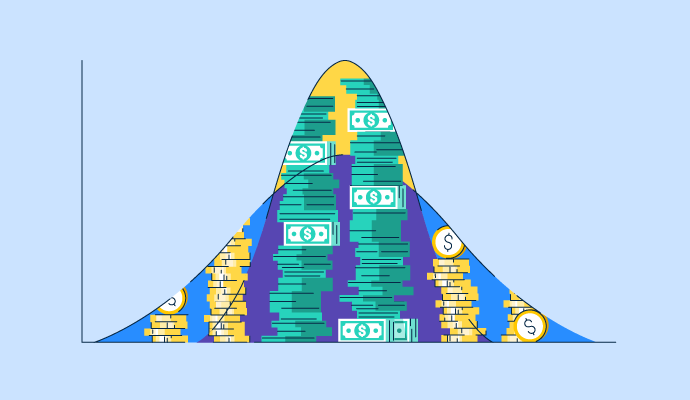
Virtual digital assets (VDAs) operate on blockchain technology without intermediaries like banks or other financial institutions. They minimize transaction costs and offer creatives new ways to monetize their work.
Although these assets come with many benefits, they present a few challenges when it comes to balancing innovation and consumer protection. This article will detail these aspects while introducing ways to convert real-world assets into digital assets through asset tokenization platforms.
Take a deep dive into virtual digital assets and understand why they’re important.
What are virtual digital assets?
Virtual digital assets are digital representations of physical items with value in a specific environment. You can trade, transfer, or use them for payment or investment purposes.
These assets can be cryptocurrencies like Bitcoin or non-fungible tokens (NFTs). They don’t cover the digital representation of fiat currencies, securities, or other assets that the Financial Action Task Force (FATF) covers elsewhere in its recommendations.
VDAs are largely unregulated, but they have tremendous potential to make payments cheaper, easier, and faster. On the flip side, they can become worthless if their market observes a downward trend. Since they’re unregulated, virtual assets attract the interest of criminals. Further, every country has its own set of rules regarding these assets, which opens the door for illegal activity.
Before going any further, let’s clarify how virtual and digital assets are different.
Digital assets are a broad category that virtual assets are a part of. Simply put, all virtual assets are digital, but the reverse isn’t true.
Let’s take an example to make it simpler to understand.
A digital bank record presents a person’s ownership of fiat currency. This is not a virtual asset because it can’t be traded for another asset. It declares ownership, but isn’t of any value of its own.
On the other hand, if you can trade a digital asset for another asset like a stablecoin, it qualifies as a virtual asset. Interestingly, digital assets like NFTs aren’t considered virtual assets unless they’re used or exchanged for payment or making an investment. When people exchange NFTs for fiat currency, it’s subjected to FATF standards.
Why are virtual digital assets important?
Virtual digital assets are important due to a variety of reasons including innovation and transparency.
Decentralized finance
Decentralized finance (DeFi) is one of the core components of digital assets as they use decentralized digital ledgers to record asset ownership and exchanges. It lets consumers trade digital assets without involving a central party or a traditional financial institute.
This minimizes a lot of transaction-related costs and takes place at a faster rate than normal transactions that involve banking authorities.
Transparency of transactions
Moreover, transactions of VDAs are recorded on a distributed and digital ledger that anyone can view. This transparency makes transactions clearer among the parties involved.
New ways to invest and earn
Virtual digital assets like cryptocurrency offer new ways to invest and transact. People can transfer money globally at a cheaper cost. Moreover, NFTs empower artists to sell their work to collectors, opening a new revenue stream for them.
When used cautiously, virtual digital assets can be beneficial in driving new revenue and investment earnings.
How do virtual assets work?
Most virtual digital assets work on blockchain technology, a digital ledger that maintains a record of transactions so that none can be modified retroactively. Cryptocurrencies like Bitcoin and Ethereum also work on the same blockchain technology. It keeps transactions secure, transparent, and safe from tampering by any party.
When you own a virtual digital asset, you have a unique digital key that proves your ownership. Your digital wallet stores this key. You use the same key to perform the transaction whenever you need to access, transfer, or trade these digital assets.
The transactions will be verified by the computers on the blockchain network, maintaining legitimacy while reducing fraud risks.
Types of virtual digital assets
Let’s keep it simple and divide VDAs into two types:
- Crypto includes all native tokens of the blockchain network, DeFi tokens, altcoins, metaverse tokens, and others you bought for investment by exchanging your fiat currency.
- NFTs are unique and authentic digital assets on the blockchain network. Although you can buy, sell, or trade them in exchange for crypto, you can’t interchange them with other NFTs. Each of them has a unique code that verifies that the NFT is the only asset with a unique digital identity.
You also have crypto, tokenized, or security tokens in addition to the above that belong to the family of virtual digital assets.
Interestingly, according to some laws and regulations, even if you receive an NFT as a gift, you’re liable to pay taxes according to regional regulations.
Who governs digital assets?
FATF is an inter-governmental body that sets international standards to protect digital assets from illegal activities. More than 200 countries and jurisdictions have committed to implementing FATF recommendations to prevent corruption and terrorism.
At the national level, the Ministry of Finance is setting up or has already set tax laws related to virtual digital assets. For example, from April 1, 2022, the transfer of VDAs is taxable at a rate of 30% in India.
Similarly, the US has had taxation policies for digital assets since 2022.
How to change real-world assets into digital assets
You can easily create a digital proof of ownership for your liquid assets through asset tokenization. They carry real-world capital, and so they’re different from security tokens.
After tokenization, you can use these assets worldwide without any broker, bank, or institutional trader.
Blockchain guarantees ownership of assets to individuals or companies that tokenize their real-world liquid assets. You cannot alter or delete this ownership without making a new transaction.
To tokenize your real-world assets, you need an asset tokenization platform to assist you with asset evaluation and pricing confirmation. Make certain these platforms generate smart contracts for investors who purchase such assets.
These platforms will help you transform real-world assets into digital assets easily.
Be cautious and alert
Virtual digital assets definitely open up new finance, art, and gaming opportunities. At the same time, they come with obstacles, including regulatory and security concerns.
Since VDAs are decentralized and lightly regulated, they’re prone to end up in the wrong hands. However, if you use them according to the recommendation of FATF, you’ll benefit from the flexibility they offer in transactions.
Want to tokenize real-world assets? Try free asset tokenization platforms and transform liquid real-world assets into digital assets.





